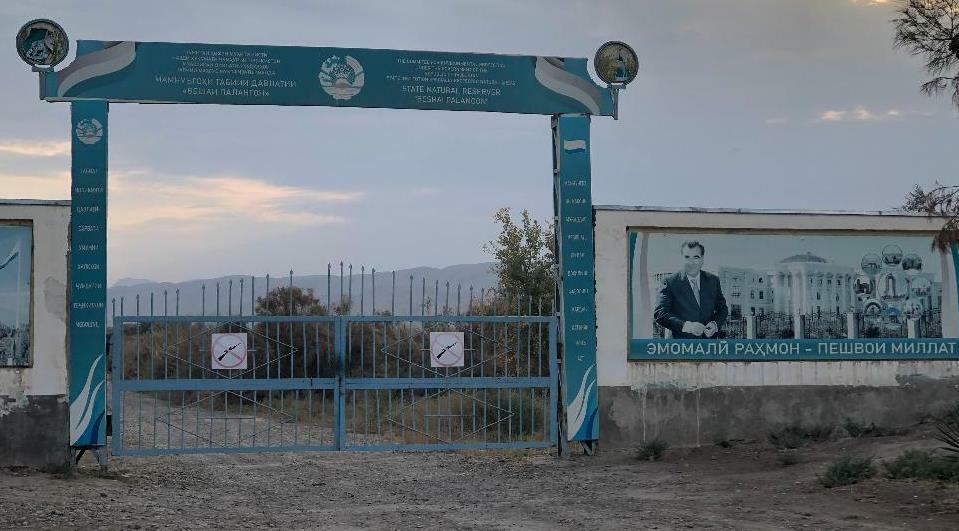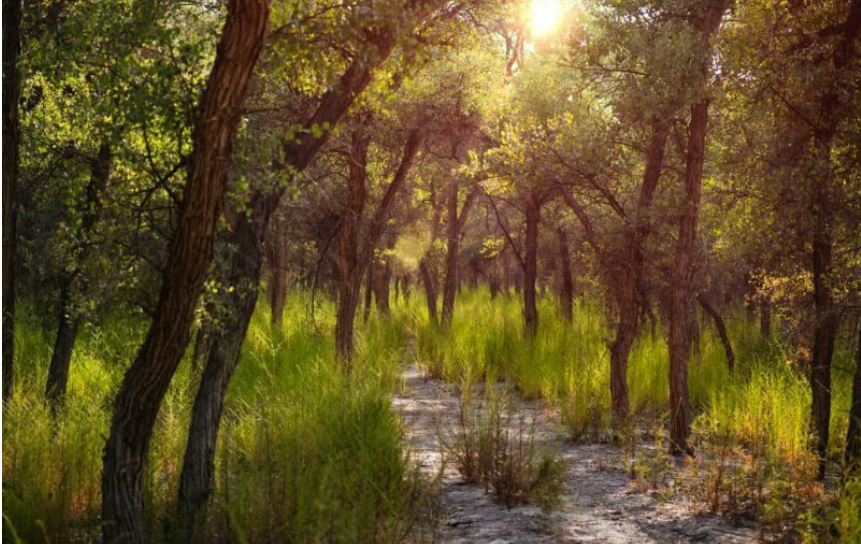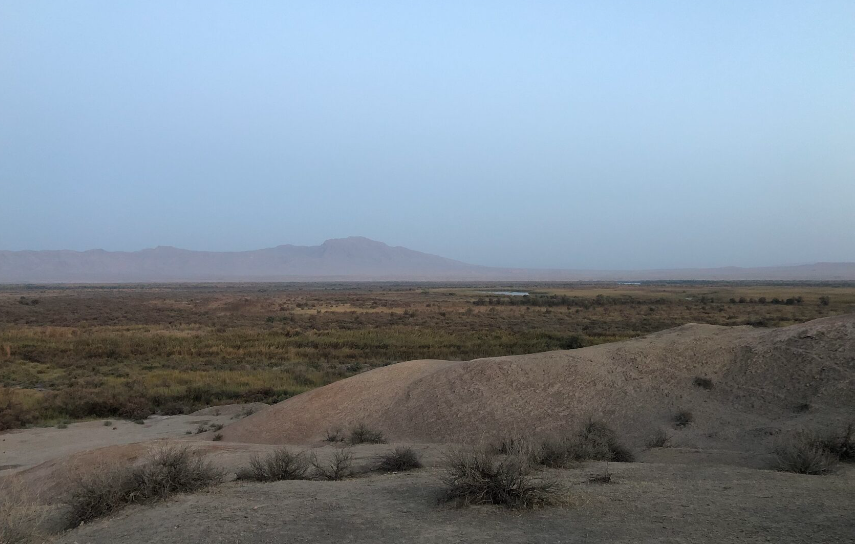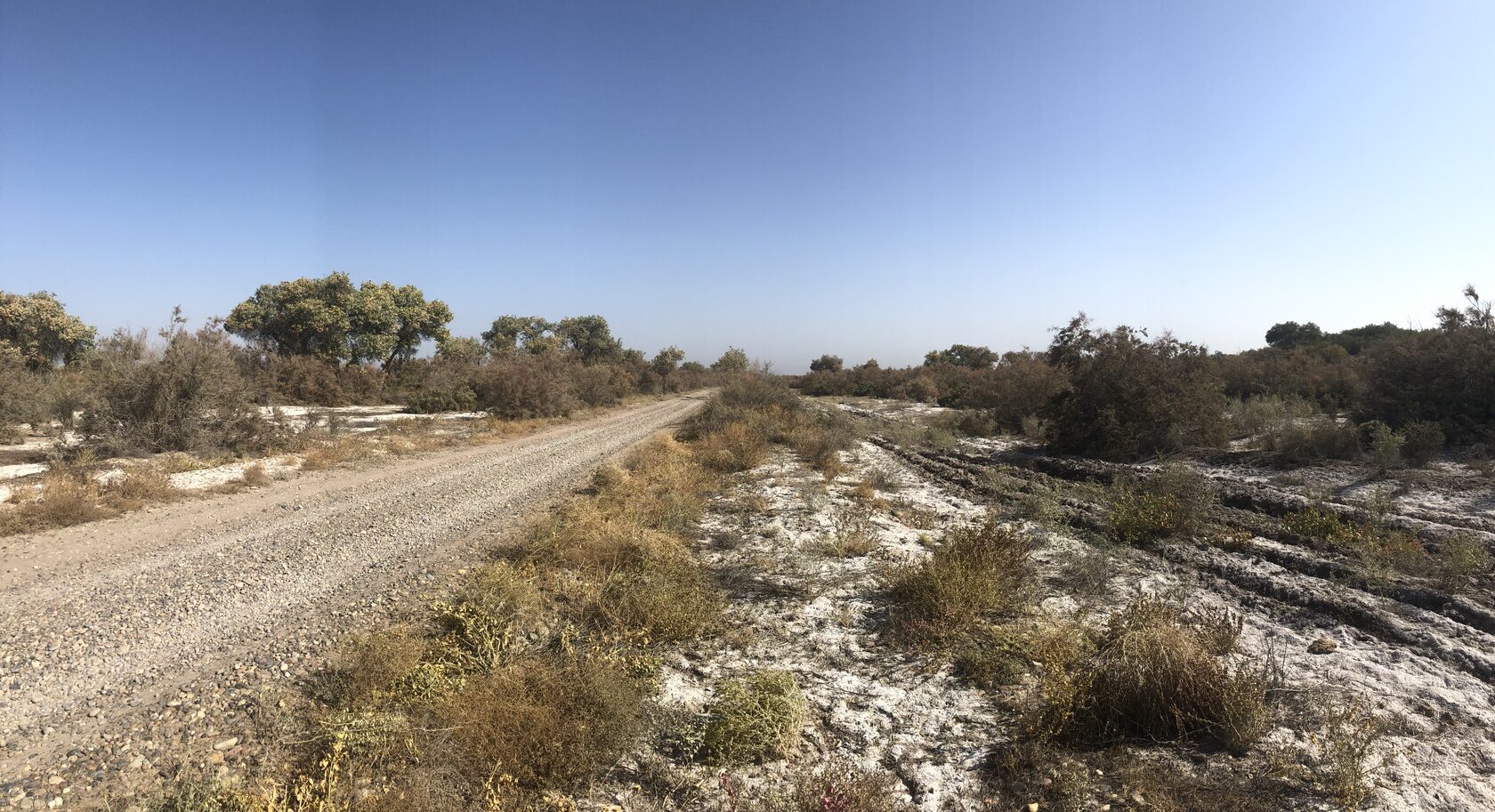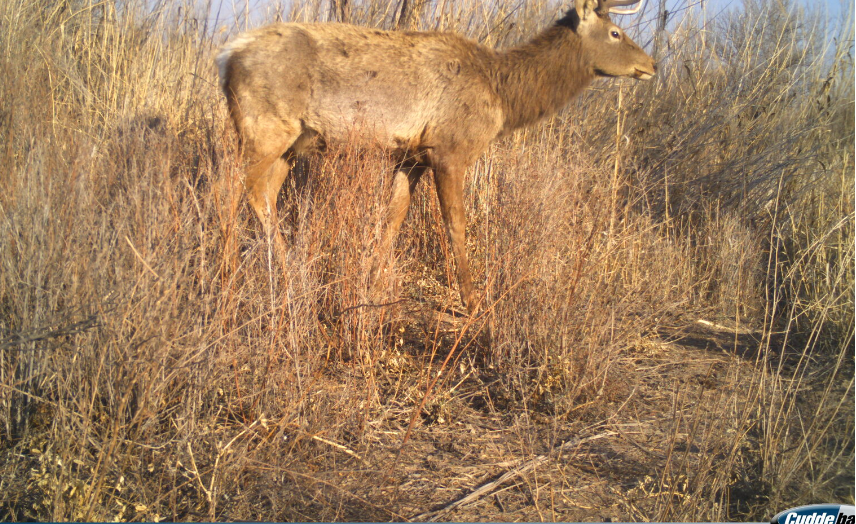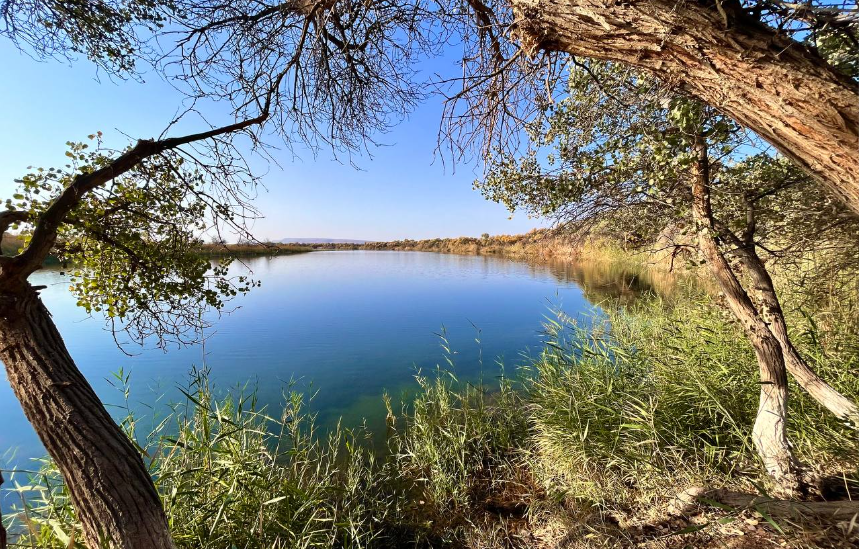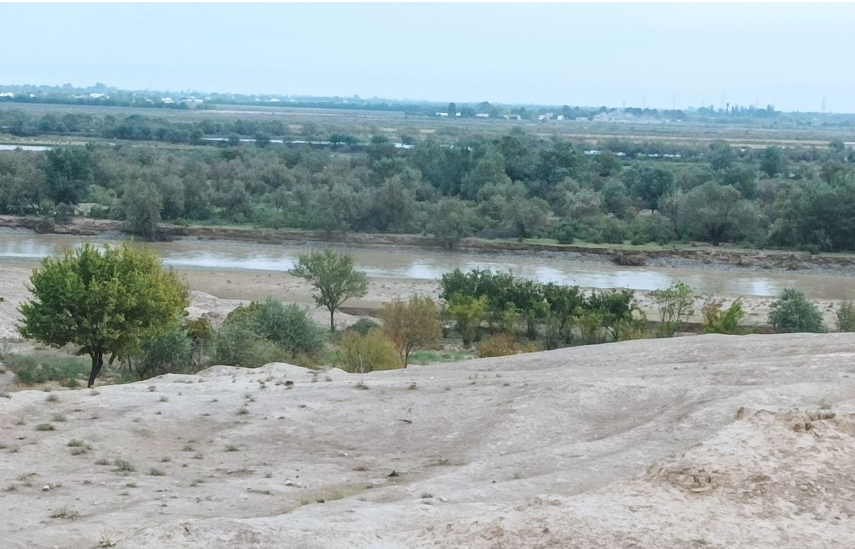The experts in Tajikistan hope that the inclusion of the Tigrovaya Balka Nature Reserve on the UNESCO World Heritage List will allow the preservation of this last place in the world where tugay forests still exist.
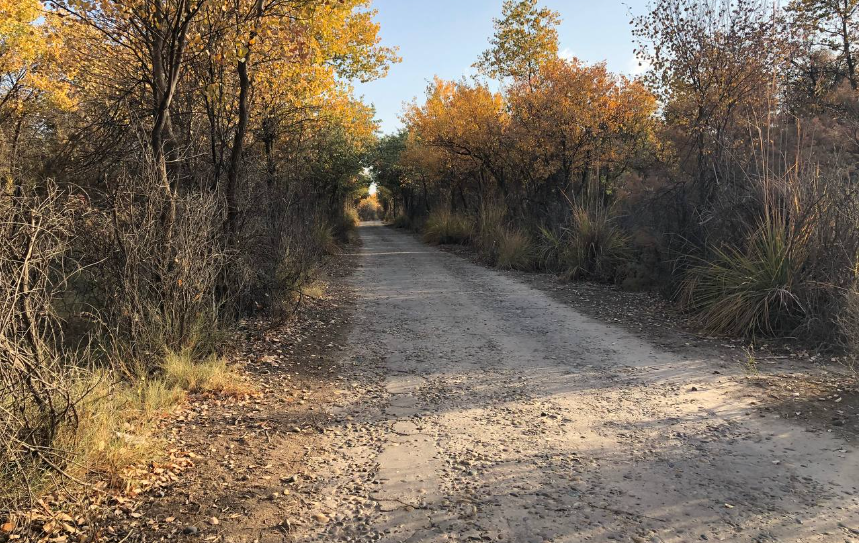
The first nature reserve in Tajikistan Tigrovaya Balka was established on November 4, 1938. In September 2023, the Tugay forests of the Tigrovaya Balka Nature Reserve were included on the UNESCO World Heritage List.
According to experts, the reserve is the only place in the world where tugay forests have been preserved.
Tigrovaya Balka Nature Reserve is located in the Vakhsh River valley. At the beginning of the 20th century, there were tugay forests here that resembled a real jungle of turanga (poplar), oleaster, various shrubs, tall grasses, lianas, and meadows.
In the 1930s, due to the land development in the Vakhsh Valley, the area of natural ecosystems was significantly reduced.
Then, the authorities decided to establish the Tigrovaya Balka Nature Reserve here to preserve the natural ecosystems specific to the southern deserts and floodplains of Central Asia, to protect rare animals, and to conduct diverse scientific research.
During the following years, the territory of the reserve was expanded to its present area.
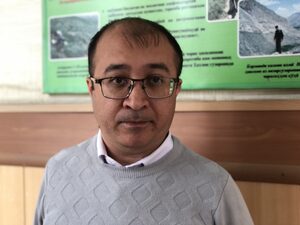
According to a researcher at the E.N. Pavlovsky Institute of Zoology and Parasitology of the National Academy of Sciences of Tajikistan Faridun Rakhimov, currently, the total area of the reserve is about 50 thousand hectares. It covers extensive tugay ecosystems along the Vakhsh River, sections of the sandy Kashka-Kum desert, the Buritau peak, as well as the lowlands of the southern spurs of the Aruktau range – the Hodja-Kaziyon Mountains.
The reserve directly borders the farms of Jayhun, Qubodiyon, Dusti, and Shahritus districts of Tajikistan. Water bodies occupy 21.4% of the total area of the reserve.
According to the head of the Department of Terrestrial Vertebrates at the E.N. Pavlovsky Institute of Zoology and Parasitology Rustam Muratov, the Tigrovaya Balka Nature Reserve is the last large reserve on the planet that is home to the unique tugay flora and fauna.
Its only analogue is the Zaravshan Nature Reserve in Uzbekistan, which area is only about 4,000 hectares.
“According to the latest data, the extensive tugay forests that earlier existed in Afghanistan and Iran have been almost destroyed, and there are agricultural lands in their place now,” says Rustam Muratov.
On September 20, 2023, during the 45th meeting of the UNESCO World Heritage Committee, the natural site of Tajikistan – tugay forests of the Tigrovaya Balka Nature Reserve – was included in the World Heritage List.
Rustam Muratov is one of the authors of the proposal to include the Tigrovaya Balka Nature Reserve on the List. According to him, this became possible due to the successful two-year cooperation of the National Academy of Sciences of Tajikistan, the Institute of Geography of the Russian Academy of Sciences, the Committee for Environmental Protection under the Government of the Republic of Tajikistan, and the Fund for the Protection of Natural Heritage with the support of the UNESCO Almaty Cluster Office.
According to experts, the status of a World Heritage Site combined with the reserve’s environmental significance makes it possible to achieve many positive goals both for the environment and for state support of the reserve.
“Tigrovaya Balka” Without Tigers
In the first years of the reserve creation, Caspian tigers still lived here. However, there are no tigers in the reserve now. For the last time, the Caspian tigers were seen in 1947 in Uzbekistan and Kazakhstan, in 1953 in Turkmenistan, and in 1956 in Tajikistan. In 1970, the Caspian tigers were officially assessed as extinct species.
Genetically, the Caspian tiger was very similar to the Siberian (Amur) tiger, which is native to the Russian Far East.
According to experts, the main reason for the tigers’ extinction was the disruption of their habitat and hunting. However, despite the disappearance of the Caspian tiger, the name of the reserve was not changed [‘Tigrovaya Balka’ – ‘Tiger Valley’ in Russian – Tr.].
The tugay forests where the tigers lived were intensively used for agriculture and turned into cotton fields. According to data, in the 1930s, tugay forests occupied an area of more than 90 thousand hectares, but twenty years later they were reduced by more than three times, outside Tigrovaya Balka’s territory.
According to the Associate Professor of the Department of Ecology of the Biology Faculty at the Tajik National University Abdullo Davlatov, in the 1960s, the first director of the Tigrovaya Balka Reserve General Alexandrov told him that in March 1949 he took a photo of the Caspian tiger’s track, and after that, the tiger was not seen in this territory.
Rustam Muratov says that in August 1970, he saw the tracks of a tiger in Tigrovaya Balka.
“In August 1970, in Tigrovaya Balka, I saw the tracks of a tiger with my own eyes. That day, we participated in a field trip of the local history club to Tigrovaya Balka, a ranger joined us and told us about the tracks of a big cat. He also preserved that track from possible damage.
Then, the experts from Moscow confirmed that was indeed the footprint of a Caspian tiger.”
“According to their research, the tigers entered Tajikistan from the neutral territory of the border with Afghanistan,” says Rustam Muratov.
Rare Animals of the Reserve
According to Rustam Muratov, rare animals in the reserve include the Bactrian deer (population exceeds 300), goitered gazelle, striped hyena, and leopard (included in the IUCN Red List of Threatened Species). Fish: small Amu-Darya shovelnose sturgeon, Amu-Darya sturgeon, pike asp, Aral and Bulatmai barbel, etc.
Reptiles: Central Asian steppe tortoise, several species of geckos, toad-headed agamas, Eremias, desert sand boa, little Indian viper, Turan blunt-nosed viper, etc.
Mammals: Etruscan shrew, weasel, marbled polecat, jungle cat, Indian crested porcupine, long-clawed ground squirrel, etc. Birds: white stork, Eurasian stone-curlew, MacQueen’s bustard, black-bellied sandgrouse, Egyptian vulture, Eurasian griffon vulture, etc.
Faridun Rakhimov claims that in Tigrovaya Balka, birds hold first place in terms of diversity of species composition among all vertebrate animals of the reserve. The ornithologic fauna is the richest and most diverse in tugay forests and floodplain lakes.
“You can find the black-and-gold, or Tajik, subspecies of the pheasants in the tugay forests. According to the estimates by ornithologists, the reserve is home to 1200-1500 animals of this species. This place is a kind of genetic reserve of this species of pheasant for distribution throughout the Vakhsh Valley and the southern regions of the republic in general. In total, more than 240 bird species nest, winter, and migrate in the reserve.
The “Red Data Book of Tajikistan” and the same documents of neighbouring countries include 55 species of rare and endangered bird species found in the reserve. These are pygmy and great cormorants, purple, grey, and white herons, ospreys, gulls, terns, grebes, several species of waders, and others,” he noted.
Rustam Muratov is confident that the reserve is home to more than 60 species of rare and endangered vertebrates from Tajikistan and Central Asia.
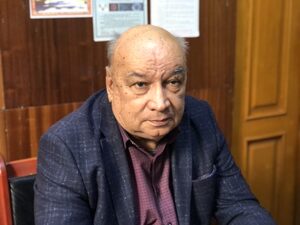
The treasure of the reserve is the Bactrian (tugay) deer. This is the most beautiful subspecies of red deer. It is not for nothing that in Central Asia it is called “hongul”, which means “royal flower”.
The flora of the reserve is also unique. Associate Professor of the Department of Ecology of the Biology Faculty at the Tajik National University Abdullo Davlatov, who has been studying the flora of Tigrovaya Balka since 1965, noted that there are 764 species of flowering plants and 6 species of ferns, belonging to 352 genera and 69 families.
Four species of plants grow only on the territory of Tigrovaya Balka and are not found anywhere else.
According to him, 163 species (21.16%) are valuable forage plants; 52 species (6.75%) are nonfood crops (for the production of dyes, fibers, building materials, etc.).
125 species (16.23%) are medicinal plants; 10 species (1.29%) are ornamental plants. There are more than 70 species (9.0%) of honey and nectar plants in the flora of the reserve. More than 40 species (5.19%) are sand-binding plants. The flora of the reserve also includes 19 species (2.46%) of poisonous plants.
Lakes of the Reserve
There are more than a dozen lakes on the territory of the Tigrovaya Balka Nature Reserve. The length of the lakes can reach from 2 to 6 kilometres, more often 3-4 kilometres, while their width does not exceed 100-200 metres. The maximum depth in some areas of lakes can reach up to 6.5–8 metres. These are Daryo-Kul and a group of lakes: Tukhloe, Kirpichnoe, Korchovoe, Bolshoye, and Maloe Gulikovskoye. The water in them is brackish. The irrigation canals of the Dusti district flow here. 5-7 kilometres downstream there is a second group of lakes: Podkovye, Bazovskoye, and several more nameless swampy lakes.
The lakes of Tigrovaya Balka are the wintering areas for more than 85 species of semiaquatic and fish-eating birds. They fly here from Northern Kazakhstan, Kyrgyzstan, Uzbekistan, and Western Siberia.
In Tigrovaya Balka, there is a hunting lodge “Royal Dacha” built in the Polvon-Tugay area in the early 1960s. The Afghan king Mohammad Zahir Shah once came here to hunt. In honor of his visit, this hunting lodge was built, and the name “Royal Dacha” was chosen.
Floods, Pesticides, and Poachers Threaten the Reserve
According to experts, during its existence, the reserve faced many challenges. It was transferred from one state department to another, the lands were alienated and returned, plowed up, forests were cut down and restored, it was settled with refugees, military formations were based here, etc. However, the reserve survived and to this day, continues to preserve unique tugay ecosystems.
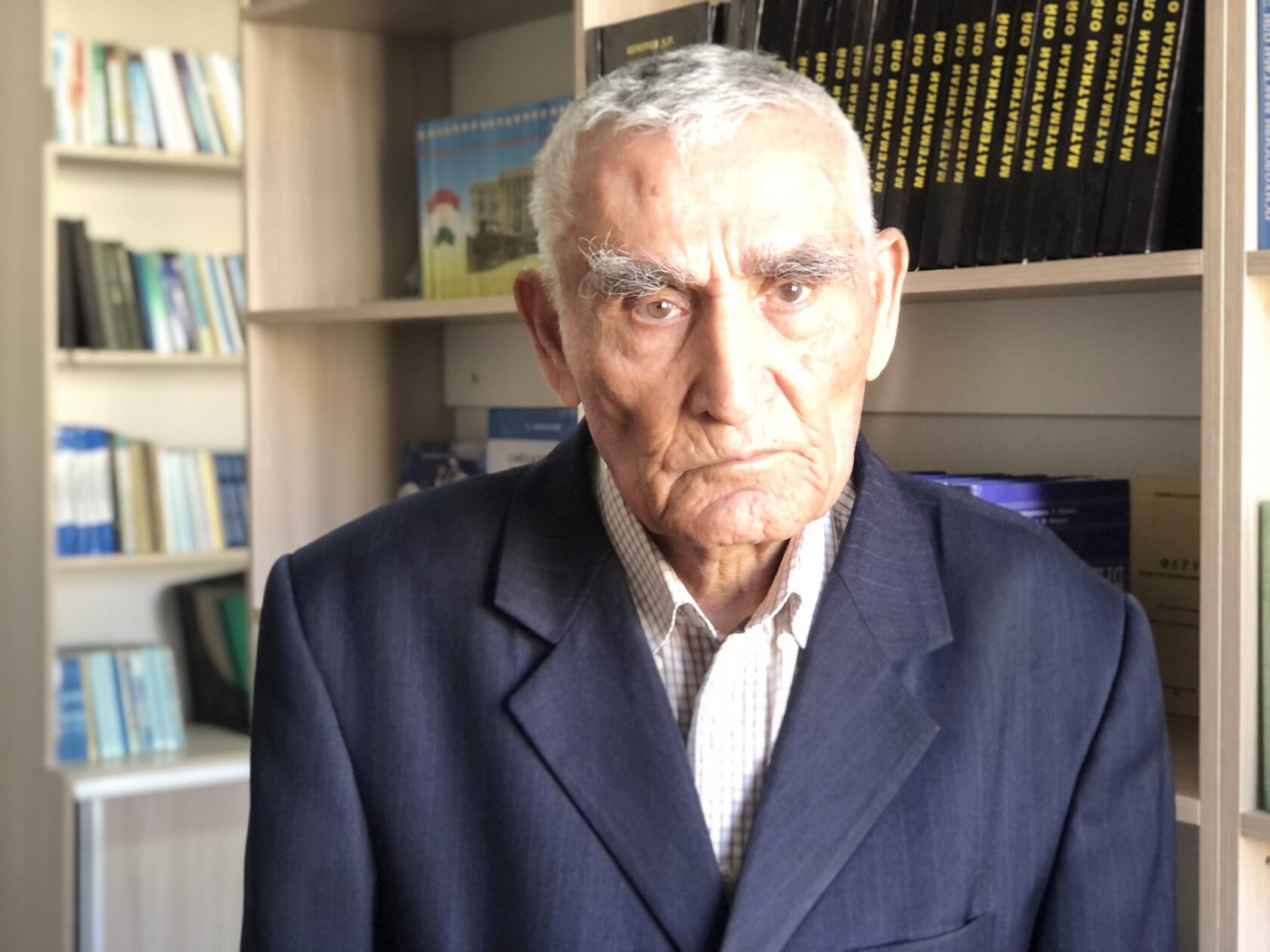
“A whole system of measures is needed to protect this wonderful natural reserve. First, it is necessary to maintain the water balance, the speed of irrigation, and the flooding of the floodplain. If the floodplain is not flooded for 2-3 years or more, the groundwater level under these soils drops to 3-5 metres, which leads to severe drying and salinisation of the upper (1-2 metres) layers of the soil, and the tugay dries out significantly,” says Abdullo Davlatov.
According to him, the main threats to the existence of the reserve are the massive development of lands adjacent to its borders, the lack of buffer zones, poaching, forest fires, illegal grazing, lowering the water level in the Vakhsh River, and illegal logging.
An extremely dangerous problem continues to be the unregulated discharge of wastewater from farms, as well as the entry of various pesticides into the reservoirs of the reserve.
“Using the example of the Tigrovaya Balka Reserve, it is necessary to show how important it is to revive the activities of other reserves, wildlife preservations, and national parks. Normalisation of the work of all specially protected areas of Tajikistan is not only the preservation of valuable natural systems but also a serious improvement of the environment,” said Abdullo Davlatov.


